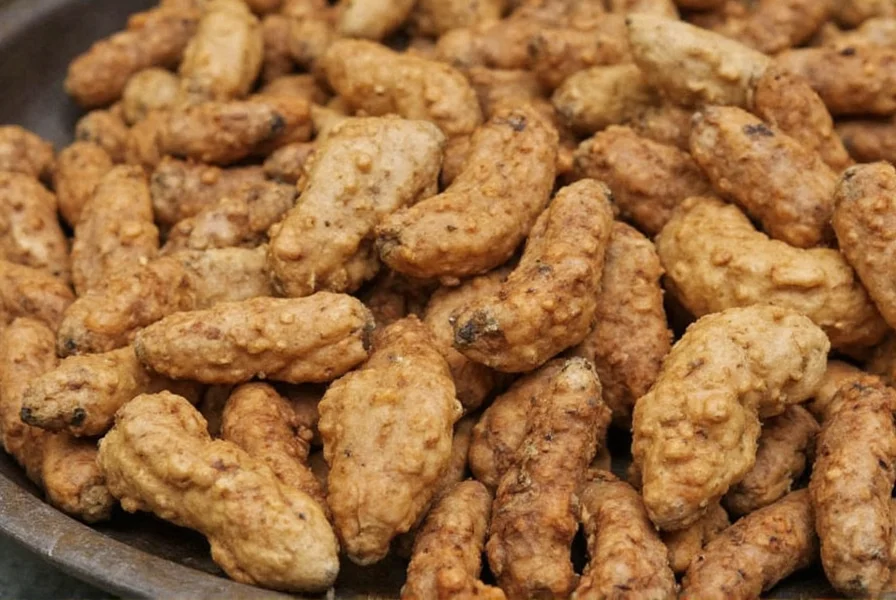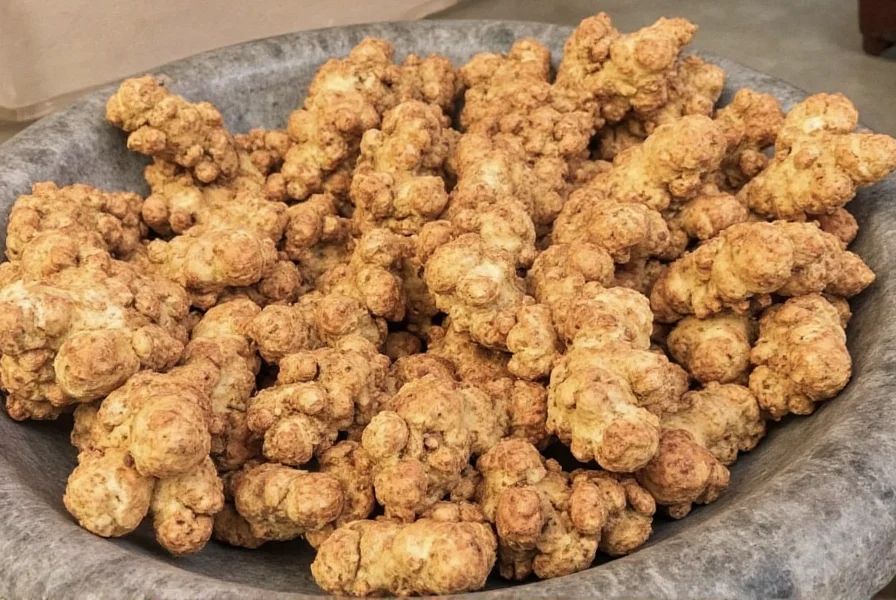The term 'bearded ginger' has two primary meanings: it commonly describes a person with both red hair (ginger) and a beard, particularly in British and Irish contexts; and it refers to Hedychium gardnerianum, a tropical flowering plant known as Kahili ginger or bearded ginger lily.
When someone searches for 'bearded ginger,' they're typically looking for clarification on this dual-meaning term. Understanding both interpretations provides valuable context whether you're exploring cultural references or botanical information. This comprehensive guide examines both meanings with factual accuracy and practical insights.
Bearded Ginger as a Personal Description
In everyday conversation, particularly across the UK and Ireland, 'bearded ginger' most frequently describes an individual with both red hair and facial hair. The term 'ginger' has become widely accepted slang for people with natural red hair, though its usage varies in sensitivity depending on context and region.
Red hair occurs in only 1-2% of the global population, making the combination of red hair and beard relatively uncommon. This distinctive appearance often draws attention due to the striking visual contrast redheads typically present. The MC1R gene variant responsible for red hair also influences beard color, though some redheads experience darker or lighter beard shades than their scalp hair.
Bearded Ginger Plant: Hedychium gardnerianum
Botanically, 'bearded ginger' refers to Hedychium gardnerianum, commonly called Kahili ginger or ginger lily. This tropical perennial belongs to the Zingiberaceae family and features:
- Fragrant yellow-orange flowers with prominent stamens that create a 'bearded' appearance
- Long, lance-shaped leaves growing from pseudostems
- Height ranging from 1.5-2.5 meters (5-8 feet) in optimal conditions
- Native to the Himalayan region but cultivated worldwide in suitable climates
Gardeners seeking information about bearded ginger plant care should note its preference for partial shade, moist well-drained soil, and protection from temperatures below 50°F (10°C). In USDA hardiness zones 8-11, this ginger variety can grow outdoors year-round, while colder climates require container growing with winter protection.
| Characteristic | Bearded Ginger (Person) | Bearded Ginger Plant |
|---|---|---|
| Primary Meaning | Red-haired person with beard | Hedychium gardnerianum plant |
| Geographic Usage | Common in UK/Ireland | Global botanical term |
| Distinctive Feature | Red hair and beard combination | Flowers with prominent stamens |
| Cultural Context | Slang terminology | Ornamental gardening |
Cultural Context of 'Ginger' Terminology
The use of 'ginger' to describe red-haired individuals has evolved significantly. While sometimes used playfully among friends, the term has occasionally carried negative connotations in certain contexts. Modern understanding emphasizes respectful language when referring to physical characteristics.
For those researching bearded ginger personality traits, scientific evidence shows no correlation between hair color and personality. Red hair results from MC1R gene variants affecting melanin production, not behavioral characteristics. This misconception represents an outdated stereotype without biological basis.
Growing Bearded Ginger Plants Successfully
Gardeners interested in cultivating bearded ginger plants should understand their specific requirements. Unlike culinary ginger (Zingiber officinale), Kahili ginger grows primarily for ornamental purposes. Key growing considerations include:
- Soil requirements: Rich, moist but well-draining soil with high organic matter
- Sun exposure: Partial shade to filtered sunlight (direct sun can scorch leaves)
- Water needs: Consistent moisture without waterlogging
- Propagation: Rhizome division during spring
- Flowering season: Late summer to fall in most climates
Those searching for bearded ginger plant identification should look for the distinctive flower structure—yellow-orange blooms with prominent stamens that give the 'bearded' appearance from which the plant derives its common name. The fragrant flowers often appear in dense clusters atop the pseudostems.
Common Misunderstandings About Bearded Ginger
Several misconceptions surround both interpretations of 'bearded ginger.' Many people assume all redheads have matching beard colors, but pigment variation can create different shades between scalp and facial hair. Similarly, some confuse Kahili ginger with edible ginger varieties, though they belong to the same botanical family but serve different purposes.
When researching bearded ginger meaning in slang, it's important to recognize regional variations. In some communities, the term carries neutral or positive connotations, while in others it may be considered insensitive. Context and intent significantly influence whether the term is appropriate.
Practical Applications and Considerations
For individuals with red hair considering growing a beard, understanding how beard color might differ from scalp hair helps set realistic expectations. Some redheads experience darker beards, while others maintain consistent coloring. Beard care products formulated for red hair can help maintain vibrant color and prevent fading.
Gardeners exploring bearded ginger plant benefits should know that while Kahili ginger produces beautiful flowers, it doesn't yield edible rhizomes like culinary ginger. However, its ornamental value and fragrance make it a popular choice for tropical and subtropical landscapes. In some regions, it has become invasive, so check local regulations before planting.

Conclusion
Understanding both meanings of 'bearded ginger' provides clarity whether you're encountering the term in conversation or gardening contexts. The dual usage demonstrates how language evolves with cultural and botanical applications. Whether you're describing someone with distinctive red hair and beard or cultivating the beautiful Kahili ginger plant, accurate information helps prevent confusion and promotes proper usage.
What does 'bearded ginger' mean when referring to people?
'Bearded ginger' commonly describes a person, typically male, with both red hair (ginger) and a beard. This term is most frequently used in British and Irish contexts as informal slang for individuals with this distinctive appearance combination.
Is bearded ginger a type of edible ginger?
No, bearded ginger (Hedychium gardnerianum) is primarily an ornamental plant, not grown for culinary use. While it belongs to the same Zingiberaceae family as edible ginger (Zingiber officinale), its rhizomes are not used in cooking and lack the characteristic flavor of culinary ginger.
Do all redheads with beards have the same color beard as their hair?
Not necessarily. Due to variations in melanin production, some redheads have beards that differ in shade from their scalp hair. Common variations include darker beards or beards that appear lighter than the scalp hair, though many maintain consistent coloring throughout.
Can you grow bearded ginger plants in colder climates?
Yes, but with limitations. Bearded ginger (Kahili ginger) thrives in USDA zones 8-11. In colder climates, grow it in containers that can be moved indoors when temperatures drop below 50°F (10°C). Provide bright, indirect light and maintain consistent moisture during the growing season.
Is the term 'ginger' considered offensive when describing red-haired people?
The term's acceptability depends on context and regional usage. In many parts of the UK and Ireland, 'ginger' is used neutrally or affectionately among friends. However, it has been used negatively in some contexts. As with any descriptor based on physical characteristics, respectful usage that considers the individual's preference is most appropriate.











 浙公网安备
33010002000092号
浙公网安备
33010002000092号 浙B2-20120091-4
浙B2-20120091-4